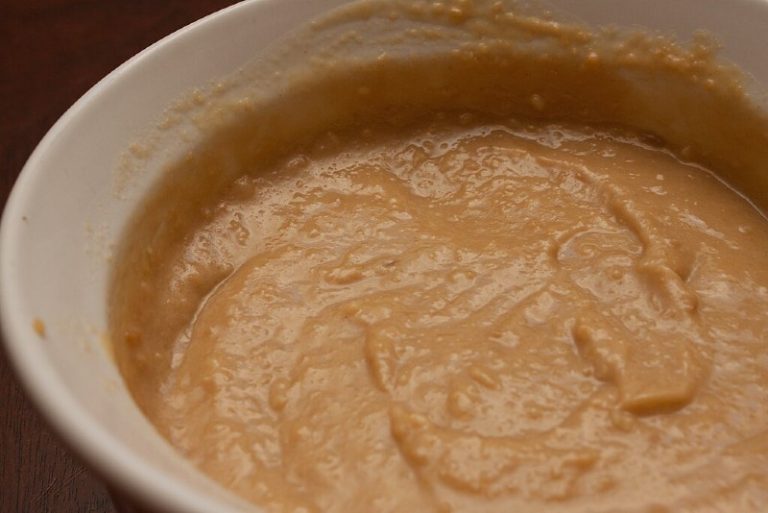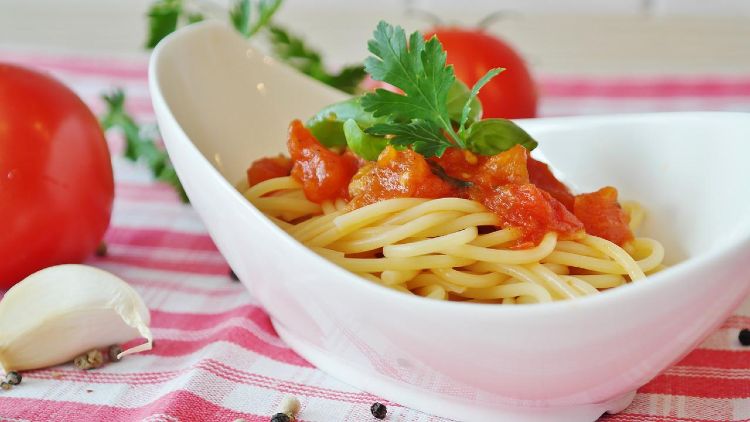The Ethicurean Hosts Cheese School
This Autumn’s Cheese School course was held in veritable boho-chic, glamping style, in a marquee erected just outside the walled garden at Barley Wood in Wrington, south of Bristol, home to the award winning Ethicurean restaurant. Roughly 30 cheese lovers gathered to spend a day with some of Britain’s finest cheesemakers and foood artisans to learn the art of not only making cheese but also buying it, serving it, storing it and pairing it with wines, beers, ports and ciders, breads and fruit.
The day started at 10.30 am when the food and wine writer and blogger, Fiona Beckett and cheesemaker Jess Trethowan introduced the course to the assembled crowd. We were all sat at trestle tables that had been beautifully decorated and stylised with Toast home wares, and accessories. Toast sources and commissions sustainable, artisanal kitchen and homewares from all over the world: colourful lanterns, stripy linen tea-towels, beeswax candles, woollen blankets and jaunty bunting helped create a cheery holiday atmosphere on a crisp and beautiful Autumn day.
Todd and Maugan Trethowan, who own and run the Trethowan Dairy company at Gorwydd Farm, Llanddewi Brefi in Wales, talked about the making of Gorwydd Caerphilly and Gorwyd Washed Rind cheese, taking us through the whole artisanal process. As luck would have it, this time of year, leading up to Christmas, was the very best time for us to be tasting this cheese as the cows were now being fed on silage indoors, and the creaminess and butterfat in the milk were at their peak.
Joe Schneider, who produces the unpasteurised blue cheese Stichelton on the Welbeck estate in Nottinghamshire, (reviewed by The Foodie Bugle : https://thefoodiebugle.com/article/producers/stichelton-cheese) was extremely inspirational when talking about the ties that cheesemaking has with the soil, pastures, climate, animals, farmers and terroir. He believes that all cheese is seasonal, and its qualities and taste can vary hugely from one year to the next and even from one village to the next.
As we listened to the talks, plates of the different cheeses were handed round by Ben Ticehurst, the salesman at Trethowans cheese shop, whose advice teeters from passionate to evangelical:
“When I am asked what sorts of cheeses make the perfect cheeseboard, it is impossible to answer because every day is different. Cheese varies greatly from day to day, so make sure you taste your cheese before you buy it. Every day is a different day in the taste and texture of cheese. In the wintry season, think about buying Vacherin and Stichelton or Stilton, and in the spring and summer a really fresh goats cheese would be full of flavour and creamy texture.”
He believes in wrapping cheese in wax paper, preferably storing it in a cold pantry, or a fridge, bringing the cheese to room temperature before serving, not serving more than 50-100 g of cheese per guest (which would leave plenty left over for the day after) and making sure that the cheese never dries out.
I was very interested in the sourdough crispbreads made by Peter’s Yard, and found them ideal with just about every cheese we ate, particularly softer, creamier cheeses.
Fiona Beckett, who specialises in cheese and wine pairings, urged us all to think about colour when we create a cheese board, and she showed us a number of serving ideas, from using dried leaves as a decorative base, to different types of boards and platters, along with dried fruit and nuts. There were many top tips offered: two or three well chosen cheeses are better than lots of different tastes; sweet wines are delicious with blue cheese; tawny port and sherries are very good with Stilton; fruity Cabernets and Merlots work very well with many cheeses. We were also steered away from those tastes that really clash: it is at this point that you realise how important it is to support independent cheesemongers and market traders who can help guide you through the cheese maze.
Fiona has written no less than 22 books on food and wine, and is also the author of the book and blog, The Frugal Cook. She writes regularly for The Guardian and many food and lifestyle magazines, as well as teaching her skills in cookery schools around the country. Most recently she collaborated in the writing of “Hawksmoor At Home”, the cookery book that was born out of the success of the Hawksmoor restaurants (www.thehawksmoor.co.uk), part owned by her son, Will Beckett.
Master baker Tom Herbert, of the award winning Hobbs House Bakery, delivered a passionate speech about buying and baking real, slow rising, artisan bread and we tasted a very delicious Pumpernickel bread, a spelt sourdough and a soda bread. One of Tom’s many top tips is to leave bread to get a few days old before using it to make the perfect cheese toasties with onions on top. Slow rising doughs that are low in artificial yeasts, turned by hand and baked with care can make an enormous difference to the overall quality of a cheeseboard. Tom and his chef brother Henry, who set up the Hobbs House Butchery in Chipping Sodbury, will be starring in their own Channel Four Television series in January 2012, called The Baker Boys, bringing artisanal baking into our kitchens and onto our bread boards. “Peace and loaf” is Tom’s mantra, as well as “Real bread is on the rise!” and “Real bread kneads time!”
Andrew Cooper of the Bristol Beer Factory and Matthew Eggens of Averys Wine Merchants in Bristol debated a “smackdown” between beers and wines, with the participants voting between which they preferred when tasted with Ragstone goats cheese, Montgomery Cheddar, Old Demdike and Stinking Bishop cheese.
Lunch was prepared by the Chef Matthew Pennington and the kitchen brigade of The Ethicurean restaurant and Jack Adair-Bevan and his assistants passed round bowls of beetroot soup with goat’s curd, Old Demdike Ewe’s Cheese salad with pear, honey roast hazelnuts and cardamom dressing and Barley Wood Toffee Apple Cake. The restaurant recently won the “Best UK Ethical Restaurant” award from the Observer Food Monthly magazine judging panel, and lunch here is an education in fresh, home grown, organic produce that is prepared and served with genuine skill.
In an apple pressing barn next to the marquee, Angela Morris and Tim Homewood of Homewood Cheeses, showed us how they make fresh ewe’s milk, using just milk, rennet and sea salt. The results were simple and surprising. Angela and Tim met whilst working at the farmers’ markets of Bath and Bristol and are now engaged. Angela makes preserves and pickles, and Tim focuses on cheesemaking at their farm in Litton, Somerset. They provided us with eight different recipes in our information pack of how to use ewe’s cheese in dips, pates, tarts, cakes, muffins and cakes.
Back in the marquee Ben told us more about the history of British cheesemaking, noting that before World War One there would have been around 3500 professional cheesemakers in Britain, whereas by the end of the World War Two the numbers were reduced to less than 100. The trend is looking positive for the future, however, as there has been an artisanal renaissance in Britain, and 715 different types of cheeses were entered in the Cheese Awards this year. We compared a British cheddar with its nearest French equivalent, Cantal, through touch, taste, smell and look and, needless to say, the verdict was that British is best. Alex Te-Strote, salesman with Trethowans Dairy, kept slicing, serving, slicing, serving with relentless cheeriness.
Jack Adair-Bevan told us that they grow 70 different varieties of apples at Barley Wood, and we drank some of the house’s excellent juice from their recent pressing. We tasted three varieties of apples: Blenheim, Tydeman’s Late Orange and Ashmead’s Kernel and we were invited to come along to their Wassail on 14thJanuary 2012. This is an ancient English pagan ceremony that ensures the health of the apple trees for the following year’s harvest.
As we tasted yet more cheeses, we also learned that there are no less than 100 different types of artisanally made ciders for sale at the Bristol Cider shop, and its owner Peter Snowman only buys cider from within a 50 mile radius. He also told us about pear perry, and the heritage of cider making, which is one of the oldest drinks in Britain.
Besides meeting extremely talented artisans, growers, producers and chefs, Cheese School is also an opportunity to meet and swap notes with like-minded foodies. Pam Lloyd and Sofie Boddy of Pam Lloyd PR, which specialises in fresh produce PR, Polly Robinson of Food Safari and Lara Smrtnik, Senior Marketing Manager for Toast, were there and it was very interesting to share ideas and contacts. I gained a huge variety of new names of artisanal producers for future editions of The Foodie Bugle, and I discovered just how many food producers are now using social media to meet journalists, editors, customers and suppliers alike.
The weather was kind, the food delicious and the teaching passionate: you will leave Cheese School with skills, information and inspiration that cannot be garnered through textbooks or television programmes alone. If you are not a curd-nerd when you arrive, you certainly will be by the time you leave. This is the Glastonbury of cheese.
Contact Details
The Ethicurean restaurant: www.theethicurean.wordpress.com Twitter: @TheEthicurean
Cheese School: www.cheeseschool.co.uk Twitter: @cheeseschool
Trethowans Dairy: www.trethowansdairy.co.uk Twitter: @Trethowansdairy
Fiona Beckett: www.matchingfoodandwine.com and www.thefrugalcook.blogspot.com Twitter: @food_writer and @winematcher
Joe Schneider: www.stichelton.co.uk
Homewood Cheeses: www.homewoodcheeses.co.uk Twitter: @HomewoodCheeses
Bristol Beer Factory: www.bristolbeerfactory.co.uk Twitter: @brisbeerfactory
Averys Wine Merchants: www.averys.com Twitter: @averyscellars
Tom Herbert: www.hobbshousebakery.co.uk Twitter: @Tom_Herbert_ and @Hobbs House
Bristol Cider Shop: www.bristolcidershop.co.uk Twitter: @cidershop
Toast: www.toast.co.uk Twitter: @Toast_Travels
Over The Moon Tents and Marquees: www.overthemoontents.com
Peter’s Yard: www.petersyard.com Twitter: @petersyard
Pam Lloyd PR: www.pamlloyd.com Twitter: Pam Lloyd @fruitandveggirl and Sofie Boddy @sofieboddy
Polly Robinson: www.foodsafari.co.uk Twitter: @FoodSafariUK



